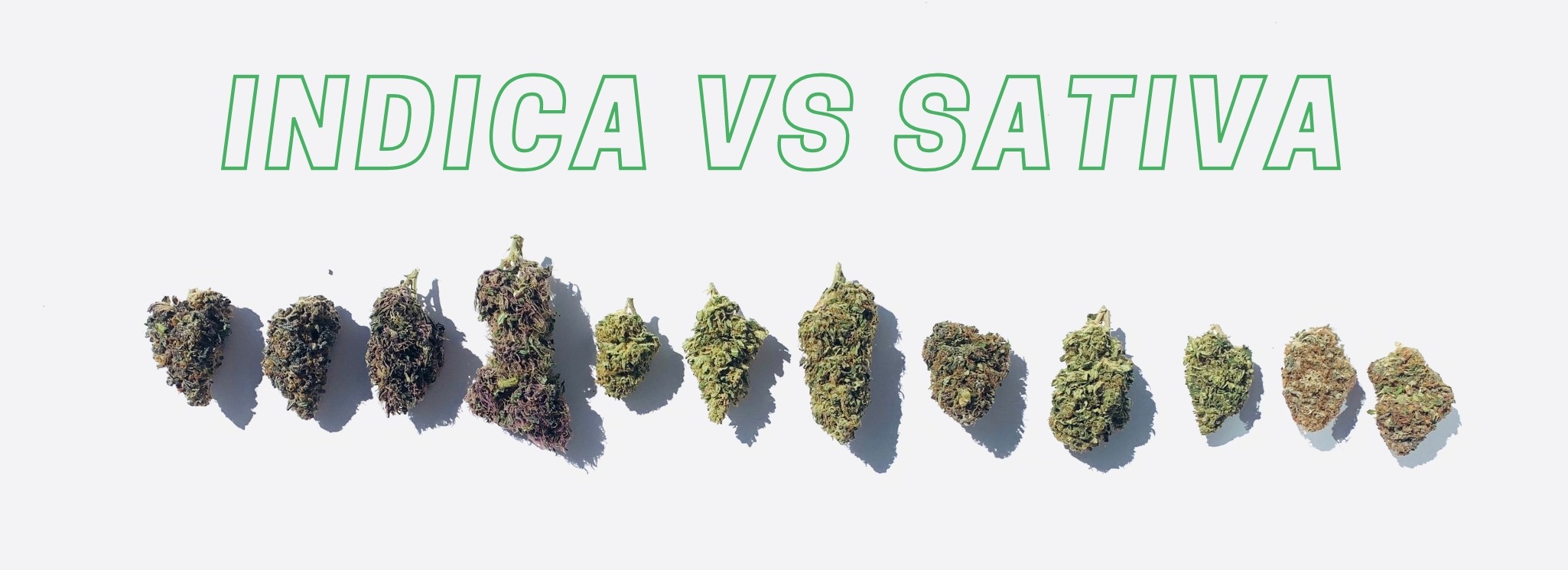Cannabis indica, also known as Indian hemp, and C. sativa, often referred to as sown hemp, are the two main players in the cannabis empire. Traditionalists like to claim that sativa provides energy, while indica relaxes. However, as in many cases, the truth is much more nuanced. Additionally, these plants can interbreed with each other, forming hybrids with unique characteristics. Each strain of cannabis has its own characteristics and can affect each individual differently.

History and taxonomy
Cannabis has a rich history, dating back to Central Asia and the foothills of the Himalayas. Although its effects have been known for millennia, it was not until the 16th century that records emerged in the Western world. Since then, several attempts have been made to classify cannabis taxonomically, which has changed many times over time. Today, more than 700 different species are known, but C. sativa and C. indica are the best-known representatives. C. ruderalis, with its low THC content, is mainly found in the wild and has limited use for cultivation or consumption. Therefore, we often focus on indica and sativa. To better understand the differences, we must first define the basic characteristics of these two main variants.
Cannabis sativa: Basic Characteristics
Cannabis sativa is typically the tallest and thinnest of the cannabis plants. It has long and narrow leaves and thrives best in tropical climates. It is sometimes said that consuming sativa leads to a more energetic and euphoric state of mind, but these claims are not backed by scientific evidence. On the contrary, some users claim that cannabis sativa allows them to have a clearer, more relaxed, and focused mind, which may be linked to its high CBD and terpene content. C. sativa is also often used for the industrial production of CBD-rich plants, which are used to make CBD oils, drops, and cosmetics.
Cannabis indica: Basic Characteristics
C. indica plants are usually shorter and more robust than sativa plants. They have broader leaves and can tolerate colder climates. This variant often grows in mountainous regions such as Pakistan or Afghanistan and is usually richer in THC, allowing it to relax the body more effectively. This type of cannabis is often used to treat chronic pain. However, modern research is focusing on people suffering from extreme pain that cannot be effectively addressed by conventional analgesics, and is trying to better understand how THC affects the human body.
The difference in effects is due to chemical composition rather than taxonomy
Furthermore, our understanding of the intricate world of cannabis chemistry has evolved significantly over the years. While the indica and sativa labels may have served as a basic framework in the past, they fail to capture the true depth and complexity of the plant's chemical diversity.
Cannabinoids: The Chemical Architects of Effects
Cannabinoids are the compounds responsible for most of the physiological and psychoactive effects of cannabis. The two most well-known cannabinoids are tetrahydrocannabinol (THC) and cannabidiol (CBD). THC is famous for its psychoactive properties, while CBD is often associated with therapeutic benefits. However, it's not just about THC and CBD. There are over a hundred different cannabinoids found in cannabis, each with its unique properties and potential effects. Cannabinoids interact with the endocannabinoid system in our bodies, leading to a wide range of outcomes, from relaxation and pain relief to euphoria and altered perception. The levels and ratios of these cannabinoids can vary greatly between individual cannabis strains, making it nearly impossible to predict the precise effects solely based on whether it's labeled as indica or sativa. For example, you might find a sativa strain with a high CBD content that offers relaxation without the intense cerebral buzz traditionally associated with sativas.
Terpenes: The Aromas and Beyond
Terpenes are another crucial group of compounds found in cannabis. These aromatic molecules are responsible for the diverse scents and flavors you encounter when smelling or tasting different strains. But terpenes are not just about aroma; they also play a significant role in the overall effects of the plant.
Research has shown that terpenes can interact with cannabinoids and influence their effects. For instance, myrcene, a common terpene found in indica strains, is thought to contribute to the sedating and relaxing qualities often attributed to indicas. On the other hand, limonene, found in citrusy sativa strains, is believed to promote a more uplifting and energizing experience. The presence and dominance of specific terpenes in a cannabis strain can significantly alter its effects, blurring the lines between traditional indica and sativa classifications.
The Future of Cannabis Classification
As our understanding of cannabis deepens, there is a growing recognition that the indica vs. sativa framework falls short in describing the intricate nuances of this plant. Instead, a more accurate classification system may emerge based on the precise chemical profiles of strains. Some experts are already advocating for labeling cannabis products with detailed information about their cannabinoid and terpene content, providing consumers with a more informed choice.
In conclusion, while the terms indica and sativa still hold some value in describing the physical characteristics of cannabis plants, they are increasingly inadequate in explaining the diverse array of effects that different strains can produce. The future of cannabis classification lies in embracing its chemical complexity, allowing users to make more informed decisions about their cannabis experience. As research continues, we can look forward to a more nuanced and accurate understanding of this remarkable plant and its potential. Try our high-quality cannabis on Kratomit!









